Cellulose
Cellulose is a kind of natural polymer compound, and its unique physical, chemical and biological properties make it an important material widely used in various industries. The following are the main product advantages of cellulose: Cellulose is derived from plants and is one of the most abundant natural organic compounds on Earth. It is fully renewable, biodegradable and environmentally friendly. This sustainability makes cellulose an ideal choice to deal with global resource shortages and environmental pollution. Cellulose comes from plants and is one of the most abundant natural organic compounds on Earth. It is fully renewable, biodegradable and environmentally friendly. This sustainability makes cellulose an ideal choice to deal with global resource shortages and environmental pollution. Degradability: In the natural environment, cellulose can be broken down by microorganisms, reducing the impact of solid waste on the ecosystem.
Low carbon footprint: Lower energy consumption in the production and use of cellulosic materials helps to reduce carbon emissions. The molecular structure of cellulose determines its advantages in physical and chemical properties. High mechanical strength: Cellulose has good toughness and tensile strength, which is particularly important in papermaking, textile and other industries. High crystallinity and thermal stability: Cellulose can maintain stable properties at higher temperatures and is suitable for products requiring heat resistance. Good moisture absorption and water retention: cellulose can absorb a lot of water and is used to adjust the humidity of products or improve the texture, such as food, cosmetics and so on. Cellulose can be chemically modified to produce a variety of functional derivatives, such as methylcellulose (MC), CMC carboxymethyl cellulose, and cellulose acetate (CA). Different derivatives have specific properties to meet the needs of different industries. Thickening and stabilizing functions: In food, medicine and cosmetics, cellulose derivatives are commonly used as thickeners, emulsifiers and stabilizers.
Film forming and coating: Some cellulosic materials can form transparent, flexible films for drug release, food packaging or cosmetics. Textile applications: Modified cellulose fibers, such as viscose fibers, offer both comfort and hygroscopic properties, making them an excellent alternative to natural and synthetic fibers. Cellulose shows good process adaptability in processing and can be prepared into powder, particle, film, fiber and other forms by different technical means, which is suitable for a variety of process flows. Its high stability, solubility or film-forming properties make it efficient and reliable in modern industry.
Compared to many synthetic materials, cellulose is cost-effective due to its wide range of sources and low production costs. At the same time, with the implementation of environmental protection policies and the increase in consumer demand for sustainable products, the market prospect of cellulose and its derivatives is broad, bringing long-term economic benefits to various industries. Cellulose products, with their natural environmental protection, excellent performance, versatility and economy, have become an indispensable key material in modern industry and daily life. Whether in food, medicine, cosmetics or high-tech fields, the wide application of cellulose is helping the world move towards green and sustainable development.
-
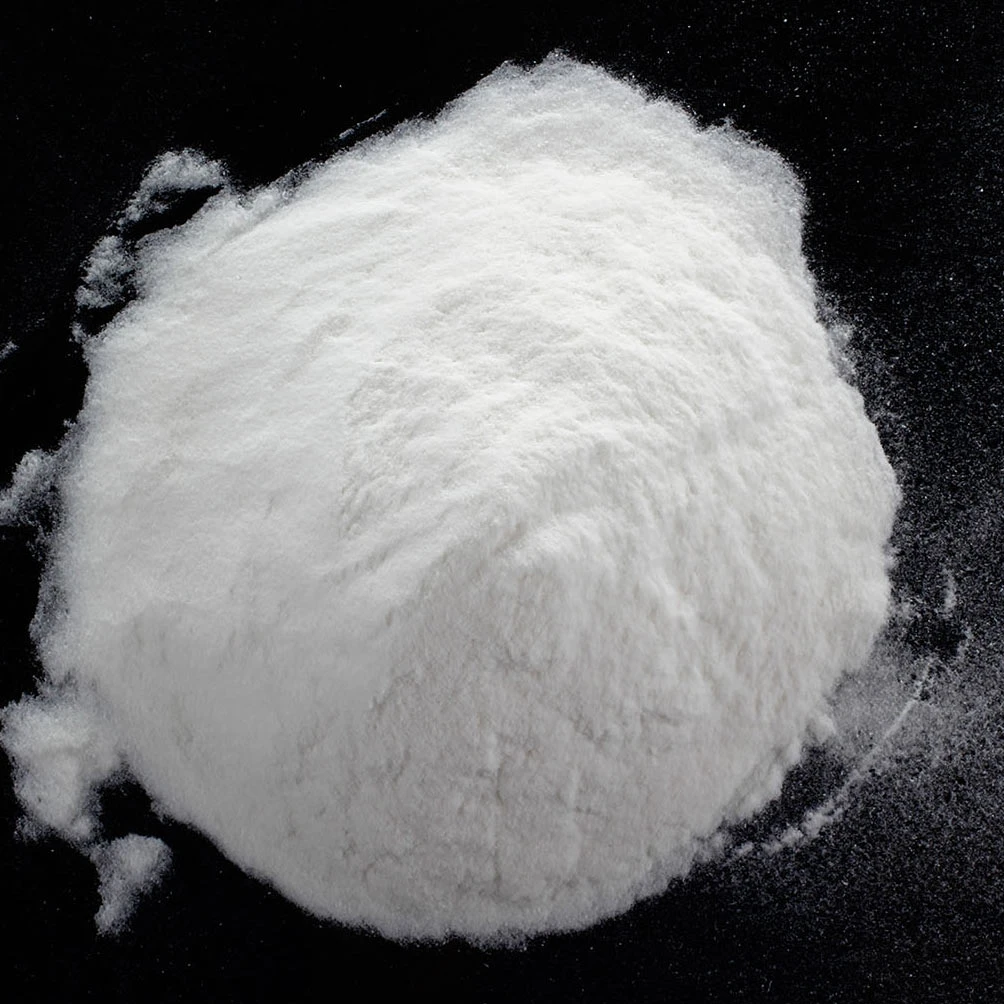
Polyanionic cellulose is a water-soluble cellulose ether derivative obtained by chemically modifying natural cellulose. It is an important water-soluble cellulose ether, usually in the form of its sodium salt, and is widely used in oil drilling, especially in salt water wells and offshore oil drilling.
It is a white to light yellow powder or particle, odorless, non-toxic, hygroscopic, easily soluble in cold and hot water.
-

Hydroxypropyl methylcellulose (HPMC) CAS 9004-65-3 is a kind of high-performance multifunctional thickener and stabilizer, which is widely used in many fields such as construction, medicine, food and daily chemical.
-
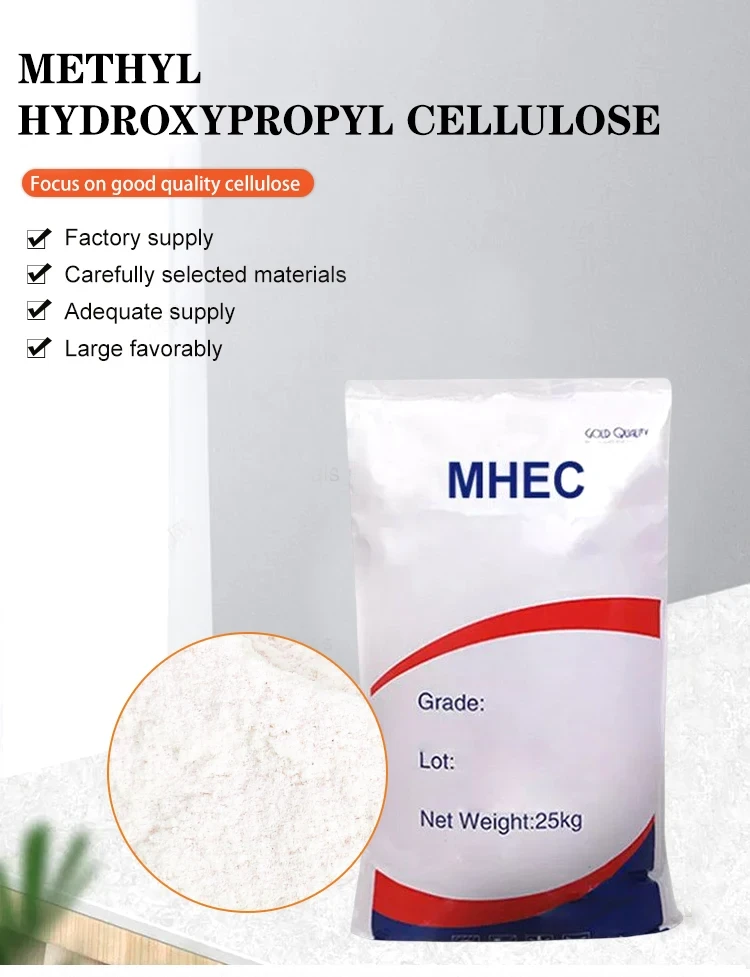
Hydroxyethyl methyl cellulose (MHEC) CAS 9032 42 2 is widely used in water-based latex coatings, building construction and building materials, printing inks, oil drilling, and other aspects, plays a thickening and water retention role, improves the constructability, is used in dry and wet mortar series products.
-
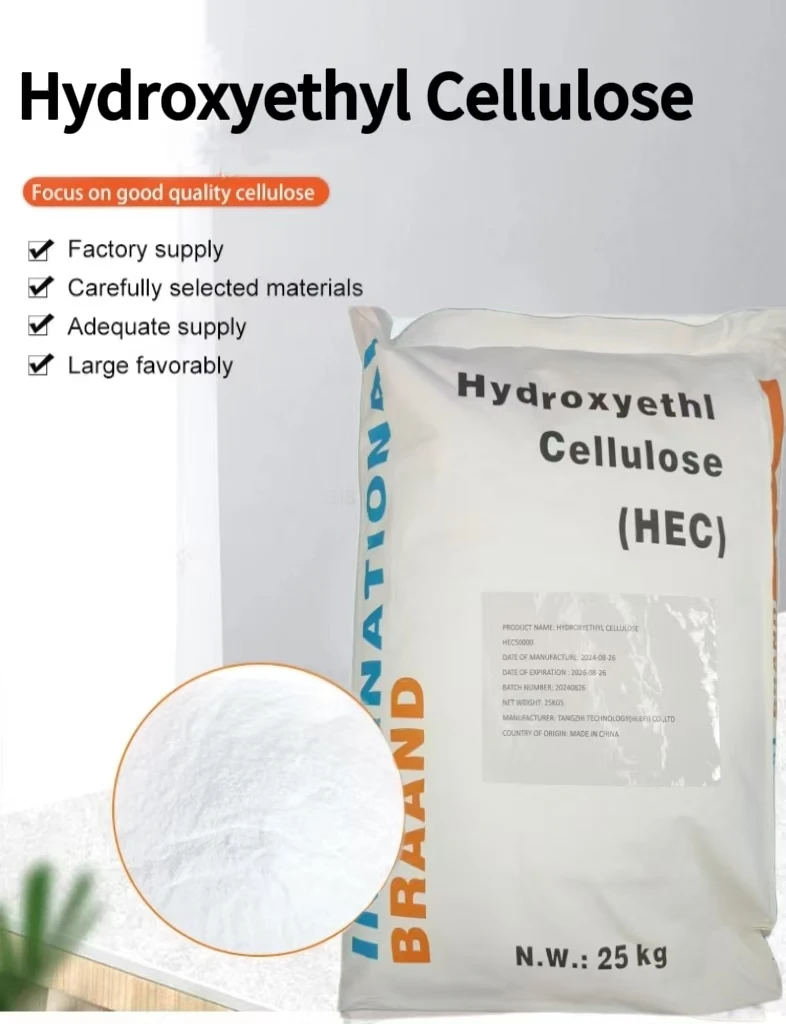
Hydroxyethyl cellulose (HEC)(CAS NO.: 9004-62-0)is a non-ionic water-soluble polymer compound. It is obtained by dissolving vinyl-derivatized cellulose in water and has the functions of thickening, suspending, bonding, emulsifying, film-forming, dispersing, retaining water, and providing protective colloids.
-
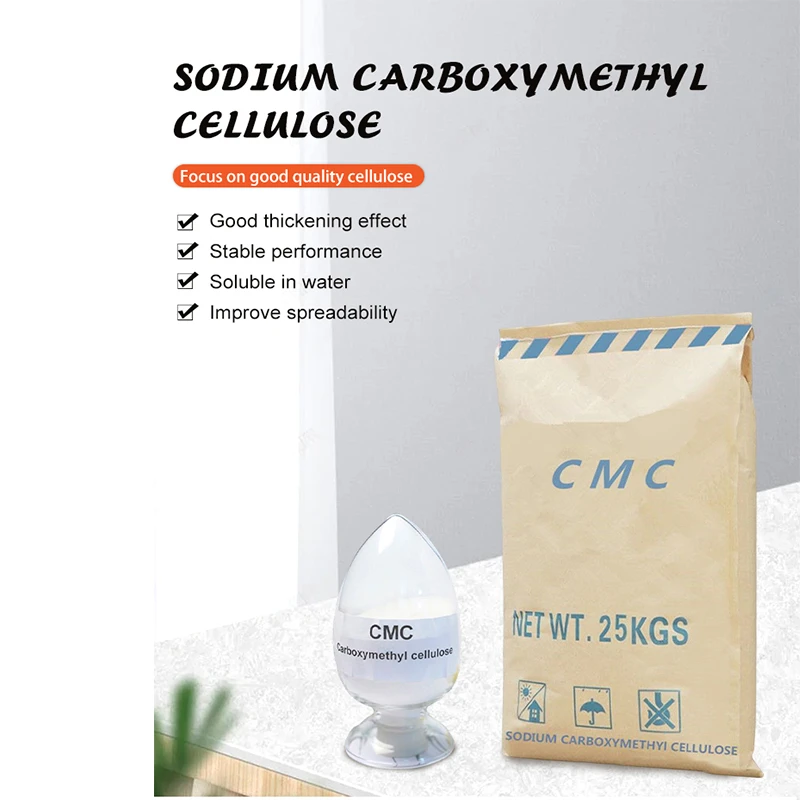
Carboxymethyl cellulose (CMC) is obtained by carboxymethylation of cellulose, and its aqueous solution has the functions of thickening, film formation, bonding, moisture retention, colloidal protection, emulsification and suspension, etc. It is widely used in petroleum, food, medicine, textile and paper industry, and is one of the most important cellulose ethers.
What Is Cellulose Powder
Cellulose Powder, a versatile and natural compound derived from plant cell walls, has gained immense popularity in various industries, including food, pharmaceuticals, cosmetics, and more. This finely milled form of cellulose is insoluble in water, providing a unique combination of properties that make it an invaluable ingredient in many formulations.
One key attribute of Cellulose Powder is its ability to serve as a thickening agent. In food products, it helps achieve the desired viscosity and texture, improving mouthfeel while maintaining low-calorie content. Additionally, it acts as a stabilizer, preventing ingredients from separating and ensuring that products maintain their quality throughout their shelf life.
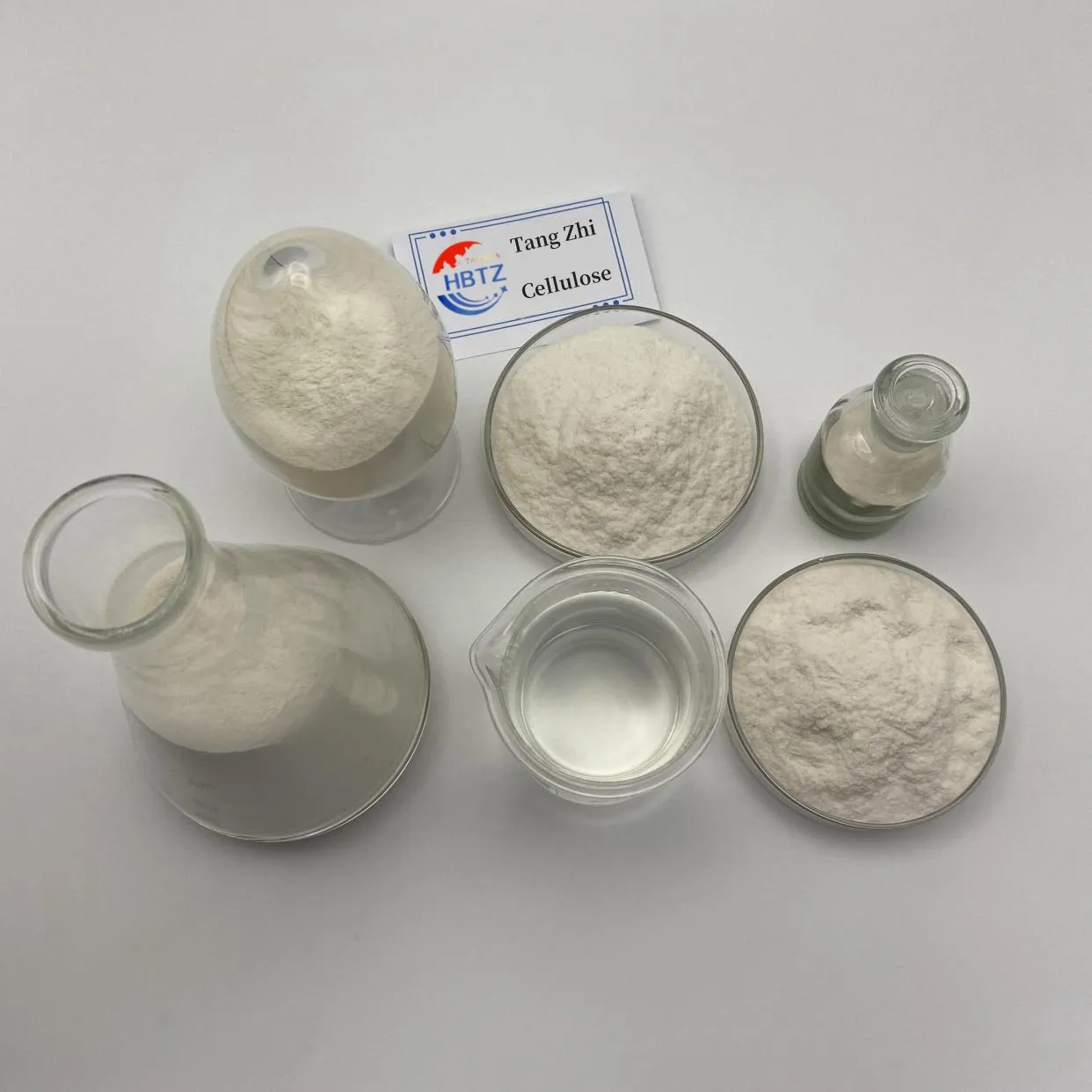
Beyond the culinary world, the advantages of Cellulose Powder extend into the realm of pharmaceuticals. It is commonly used as an excipient in tablets and capsules, playing a crucial role in controlling the release of active ingredients. This controlled release can enhance the bioavailability of medications, leading to improved therapeutic efficacy.
In cosmetics, Cellulose Powder is celebrated for its absorbent properties, making it ideal for oil control in makeup products. Furthermore, its texture-enhancing features enable the creation of silky and smooth formulations that glide effortlessly over the skin.
Another noteworthy advantage of Cellulose Powder lies in its source – being derived
from renewable plant materials, it is a sustainable and eco-friendly option. This aligns perfectly with today’s consumer demand for environmentally responsible Cellulose Powder, a versatile and natural compound derived from plant cell walls, which has gained immense popularity in various industries, including food, pharmaceuticals, cosmetics, and more. This finely milled form of cellulose is insoluble in water, providing a unique combination of properties that make it an invaluable ingredient in many formulations.
Different Types of Cellulose
Cellulose is a remarkable organic polymer that plays an important role in the composition of plant cell walls. As one of the most abundant biopolymers on earth, it is mainly composed of glucose units connected by β-1,4-glycosidic bonds. This unique structure gives cellulose its extraordinary strength and rigidity, making it essential for plants. However, not all cellulose is the same; there are many types of derivatives that have different functions and unique properties.
One of the main types of cellulose derivatives is hydroxypropyl methylcellulose (HPMC). This form is widely used as a thickener, stabilizer or film-forming material in the food and pharmaceutical industries due to its non-toxic nature and excellent film-forming properties. HPMC is able to provide volume and texture and enhance the uniformity of the product without changing its flavor profile. In addition, HPMC is used in pharmaceutical formulations as a component of sustained-release systems to help control the rate of drug release.
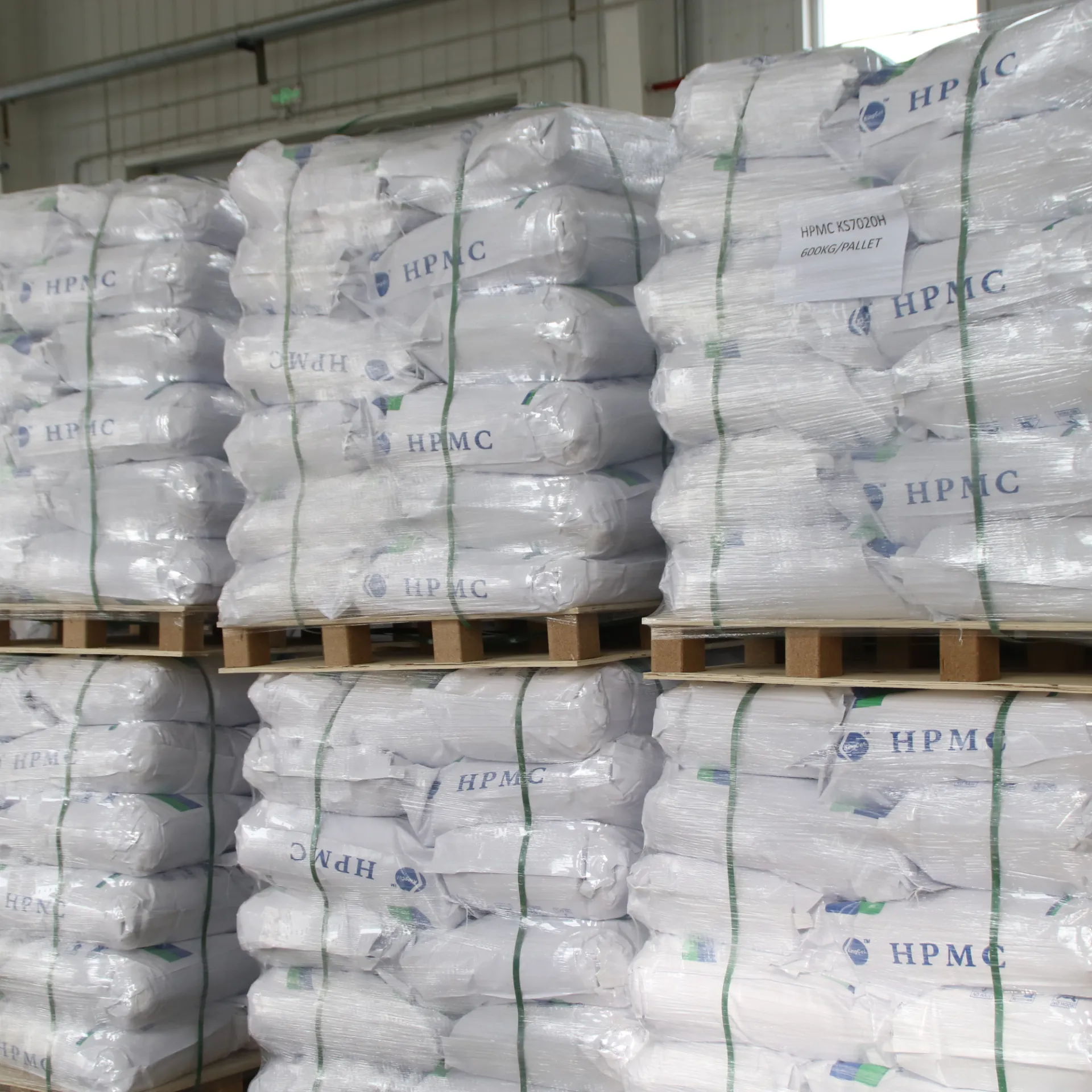
Another important cellulose derivative is hydroxyethyl methylcellulose (HEMC), which has good water solubility and stability and is often used in cosmetics and personal care products to increase the viscosity of the product and improve the texture. HEMC is also suitable for the coatings and inks industry as a rheology modifier.
We also have hydroxyethyl cellulose (HEC), a highly effective thickener widely used in construction chemicals, oil drilling mud, and personal care products. HEC provides excellent suspension and shear resistance while maintaining the clarity and smoothness of the formulation.
Finally, we come across sodium carboxymethyl cellulose (CMC-Na), a very important water-soluble cellulose ether compound. CMC-Na is widely used due to its excellent colloidal protection, thickening effect, and emulsion stability. It is not only used as a stabilizer and thickener in the food industry but also plays a key role in the papermaking, textile printing and dyeing industries to improve paper quality and improve printing and dyeing efficiency.
In short, cellulose is not just a single entity, but a versatile substance with many forms of derivatives to meet the needs of multiple industries and applications. By understanding the different types of cellulose derivatives, we can better understand their importance and explore new ways to achieve sustainable development.
Cellulose Use
Cellulose, a complex carbohydrate, serves as a fundamental building block in both natural and industrial applications. This versatile biopolymer, primarily derived from plant cell walls, can be found in a variety of forms, offering innumerable advantages across multiple sectors.
In the construction industry, cellulose plays a significant role as an additive in building materials. Cellulose derivatives such as methylcellulose, hydroxyethyl cellulose (HEC), and hydroxypropyl methylcellulose (HPMC) are widely used for their excellent water retention properties, which are crucial in cement-based products like mortars and plasters. These additives improve the workability, adhesion, and overall quality of these materials, ensuring smoother application and better durability. Additionally, cellulose fibers can be incorporated into concrete to enhance its tensile strength and reduce cracking, contributing to more resilient structures. The ability of cellulose to stabilize mixtures and control moisture content makes it indispensable in the formulation of high-performance building materials.

In addition to its role in the construction sector, cellulose is also a key component in the textile sector, particularly in cotton fiber. The natural cellulose in cotton fiber provides breathability and comfort, making cotton a preferred choice for clothing and textiles. The absorbent nature of cellulose ensures that cotton fabrics remain soft and durable, elevating their appeal for everyday wear.
Moreover, cellulose derivatives like hydroxyethyl cellulose and hydroxypropyl cellulose have carved out significant niches in the realm of personal care and pharmaceutical products. Hydroxyethyl cellulose for skin is a popular ingredient in lotions and creams due to its ability to retain moisture and enhance the texture of cosmetic formulations. This property not only helps in keeping the skin hydrated but also boosts the spreadability of skincare products.
Similarly, hydroxypropyl cellulose in tablets is a crucial excipient in the pharmaceutical industry. Acting as a binding agent, it helps to maintain the structural integrity of tablets, ensuring that they dissolve appropriately and deliver medication effectively. This functionality makes hydroxypropyl cellulose invaluable in the production of various oral medications, contributing to improved patient compliance.
As we dive deeper into the myriad applications of cellulose, it becomes evident that this remarkable polymer is not only a cornerstone in construction and textiles but also a vital ingredient in advanced skincare and pharmaceutical formulations. Understanding cellulose's diverse uses showcases its importance in enhancing our daily lives.
Is Cellulose High in Histamine?
Cellulose is a complex carbohydrate, a form of dietary fiber that is found in the cell walls of plants. It is an essential component of a healthy diet, contributing to digestive health and providing a feeling of fullness. However, for individuals with histamine intolerance, understanding the histamine content of various foods is crucial. This raises the question: Is cellulose high in histamine?
To answer this, we first need to understand what histamine is. Histamine is a chemical that plays a vital role in the immune system, digestion, and central nervous system. It is involved in local immune responses and regulates physiological functions in the stomach, as well as acting as a neurotransmitter. However, some individuals have a sensitivity to histamine, leading to symptoms such as headaches, hives, digestive issues, and respiratory problems when they consume high-histamine foods.
Histamine intolerance occurs when there is an imbalance between the levels of histamine ingested and the body’s ability to break it down. This is often due to a deficiency in the enzyme diamine oxidase (DAO), which is responsible for metabolizing histamine. Foods that are high in histamine or that trigger the release of histamine can exacerbate symptoms for those with this condition.
Now, where does cellulose fit into this picture? Cellulose itself is not a histamine-containing substance. It is a non-digestible fiber that passes through the gastrointestinal tract without being broken down. This means that cellulose does not contribute to histamine levels in the body. In fact, foods high in cellulose, such as fruits, vegetables, and whole grains, are generally considered beneficial for gut health and can aid in digestion.
However, it is essential to consider the context in which cellulose is consumed. While cellulose itself is not high in histamine, the foods that contain it may vary in their histamine content. For example, fresh fruits and vegetables are typically low in histamine, but certain aged or fermented foods, which may also contain cellulose, can be high in histamine. Therefore, it is crucial for individuals with histamine intolerance to focus on the overall histamine content of their diet rather than solely on the presence of cellulose.
Moreover, the processing of food can also affect its histamine levels. For instance, processed foods that contain added cellulose as a thickening agent or stabilizer may also contain other ingredients that are high in histamine. Therefore, reading labels and being aware of the overall composition of food products is vital for those managing histamine intolerance.
In conclusion, cellulose itself is not high in histamine and does not contribute to histamine-related symptoms. It is a beneficial dietary fiber that supports digestive health. However, individuals with histamine intolerance should be mindful of the foods they consume that contain cellulose, as the overall histamine content of those foods can vary significantly. By focusing on whole, fresh foods and being aware of potential histamine triggers, individuals can maintain a balanced diet while managing their histamine levels effectively.
Is Cellulose In Food Good Or Bad For You?
Cellulose is a type of carbohydrate that is found in the cell walls of plants. It is a form of dietary fiber that is not digestible by humans, but it plays a significant role in our diet. As food manufacturers increasingly incorporate cellulose into various products, many consumers are left wondering: is cellulose in food good or bad for you?
To understand the implications of cellulose in our diet, it is essential to first recognize its properties and functions. Cellulose is a polysaccharide made up of glucose units linked together in a way that humans cannot break down. This indigestibility means that cellulose passes through the digestive system largely intact, contributing to the bulk of stool and promoting regular bowel movements. As a result, cellulose is often associated with digestive health and is considered beneficial for preventing constipation.
In the food industry, cellulose is used for various purposes. It can act as a thickening agent, stabilizer, or emulsifier, helping to improve the texture and consistency of processed foods. It is commonly found in products such as ice cream, salad dressings, and baked goods. Additionally, cellulose can enhance the nutritional profile of foods by increasing their fiber content without adding significant calories. This can be particularly advantageous for individuals looking to manage their weight or improve their overall dietary fiber intake.
However, the inclusion of cellulose in food has sparked some debate. Critics argue that the use of cellulose in processed foods may detract from the consumption of whole, nutrient-dense foods. When cellulose is added to products, it can sometimes replace more nutritious ingredients, leading to a less wholesome final product. Furthermore, some people may experience digestive discomfort when consuming large amounts of cellulose, particularly if they are not accustomed to a high-fiber diet. Symptoms such as bloating, gas, and cramping can occur, especially if cellulose is consumed in conjunction with other fiber sources.
Another concern is the source of cellulose used in food products. While cellulose derived from natural plant sources is generally considered safe, some manufacturers may use synthetic or chemically processed cellulose, which raises questions about its safety and potential health effects. It is essential for consumers to read labels and be aware of the types of cellulose present in their food.
Despite these concerns, the consensus among nutrition experts is that cellulose, when consumed in moderation as part of a balanced diet, is not harmful. In fact, it can be beneficial for digestive health and may help in managing weight. The key is to focus on whole foods that naturally contain cellulose, such as fruits, vegetables, whole grains, and legumes, rather than relying solely on processed foods that contain added cellulose.
In conclusion, cellulose in food can be both good and bad, depending on the context of its consumption. While it offers several health benefits, particularly in promoting digestive health, it is crucial to be mindful of the overall quality of the diet. Emphasizing whole, minimally processed foods while being aware of the role of cellulose in processed products can help individuals make informed dietary choices. Ultimately, moderation and balance are essential for a healthy diet, and cellulose can be a part of that equation when approached thoughtfully.

